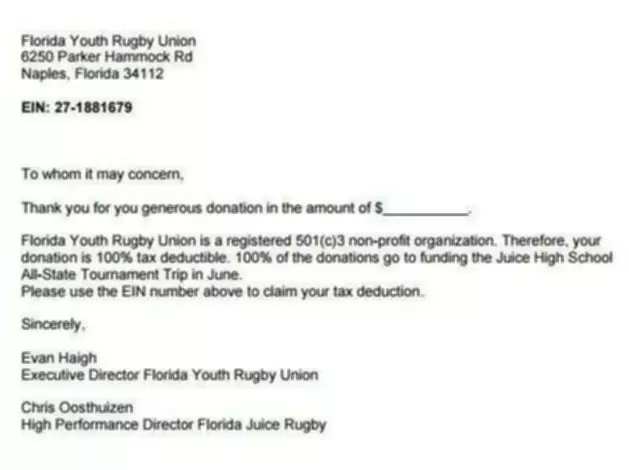Content

The lower the gearing ratio, the higher the dependence on equity financing. Traditionally, the higher the level of gearing, the higher the level of financial risk due to the increased volatility of profits. The net profit margin, sometimes known as the trading profit margin measures trading profit relative to sales revenue. Thus a trading profit margin of 10% means that every 1.00 of sales revenue generates .10 in profit before interest and taxes. Some industries tend to have relatively low margins, which are compensated for by high volumes. Higher than average net profit margins for the industry may be an indicator or good management.
- That’s helpful, but to make the most of your financial ratios, it’s best to look at trends.
- Now we have a summary of all 13 financial ratios for XYZ Corporation.
- Financial ratios help senior management and external stakeholders measure a company’s performance.
- For the ratios to be useful, it should be analyzed compared to other companies in the same industry.
Activity ratios measure the effectiveness of the firm’s use of resources. https://www.bookstime.com/ It is important to make this distinction when calculating ratios.
Net Asset Turnover
It seems to me that most of the problem lies in the firm’s fixed assets. They have too much plant and equipment for their level of sales. They either need to find a way to increase their sales or sell off some of their plant and equipment. The fixed asset turnover ratio is dragging down the total asset turnover ratio and the firm’s asset management in general. The current ratio measures how many times you can cover your current liabilities. The quick ratio measures how many times you can cover your current liabilities without selling any inventory and so is a more stringent measure of liquidity. Common financial ratios come from a company’s balance sheet, income statement, and cash flow statement.

The purpose of financial ratios is to enhance one’s understanding of a company’s operations, use of debt, etc. ROCE, sometimes called Return on Net Assets, is probably the most popular ratio for measuring general management performance in relation to the capital invested in the business. ROCE defines capital invested in the business as total assets less current liabilities, unlike ROTA, which measures profitability in relation to total assets. The common financial ratios every business should track are 1) liquidity ratios 2) leverage ratios 3)efficiency ratio 4) profitability ratios and 5) market value ratios. The fourth type of financial ratio analysis is the business risk ratio. Here, we measure how sensitive the company’s earnings are concerning its fixed costs and the assumed debt on the balance sheet. Values used in calculating financial ratios are taken from the balance sheet, income statement, statement of cash flows or the statement of changes in equity.
Accounting Topics
A high RoE is great, but certainly not at the cost of high debt. The problem is with a high amount of debt, running the business gets very risky as the finance cost increases drastically. For this reason, inspecting the RoE closely becomes extremely important. One way to do this is by implementing a technique called the ‘DuPont Model’ also called DuPont Identity.
- Financial ratio analysis is only useful if data is compared to past performance or to other companies in the same industry.
- We would really need to know what type of industry this firm is in and get some industry data to compare to.
- If it’s not, it’s time to look into whether this is a temporary issue or if your business operations aren’t operating as efficiently as they could.
- The higher the ratio, the better the utilization of the capital employed.
- There are other financial analysis techniques that owners and potential investors can combine with financial ratios to add to the insights gained.
